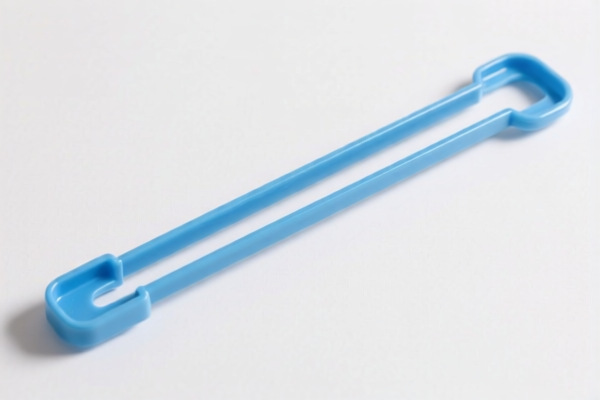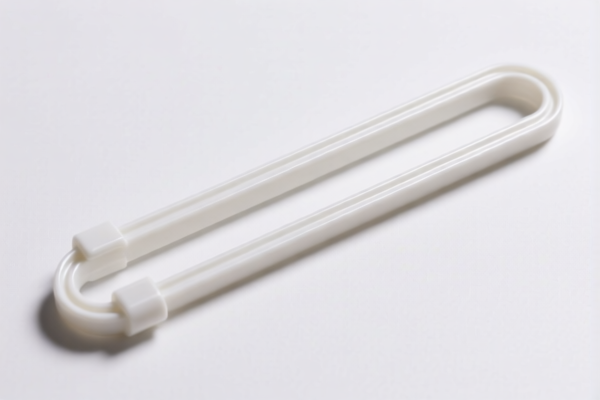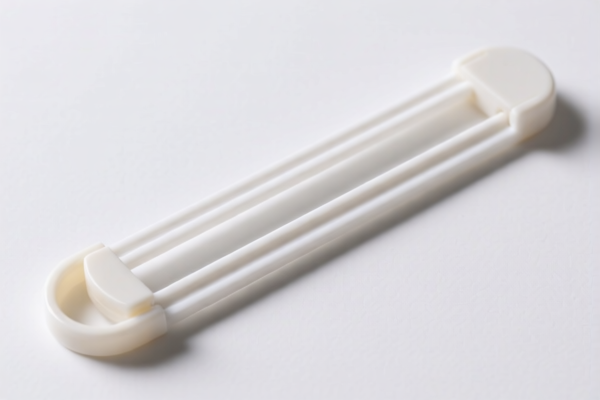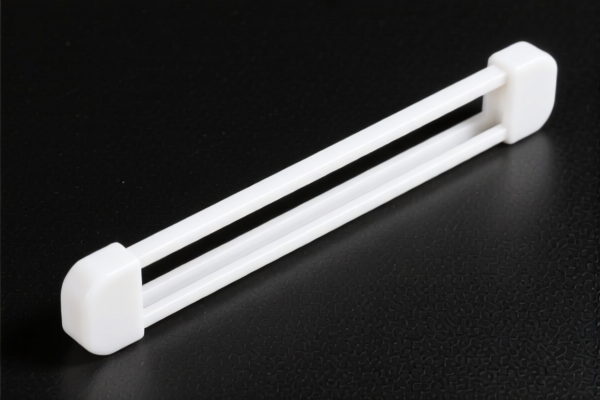| HS Code | Official Doc | Tariff Rate | Origin | Destination | Effective Date |
|---|---|---|---|---|---|
| 4201006000 | Doc | 57.8% | CN | US | 2025-05-12 |
| 4205000500 | Doc | 57.9% | CN | US | 2025-05-12 |
| 4205001000 | Doc | 55.0% | CN | US | 2025-05-12 |
| 5607909000 | Doc | 61.3% | CN | US | 2025-05-12 |
| 5607503500 | Doc | 19.9¢/kg + 10.8%+55.0% | CN | US | 2025-05-12 |
| 5609001000 | Doc | 57.9% | CN | US | 2025-05-12 |
| 5609002000 | Doc | 55.0% | CN | US | 2025-05-12 |




Pull String
A pull string is a simple mechanical device consisting of a cord or string connected to a mechanism that, when pulled, activates a function. It is a common actuation method used in a variety of toys, appliances, and tools, particularly where simplicity, low cost, and ease of use are prioritized.
Material
Pull strings are typically constructed from:
- Cord: Materials like nylon, polyester, cotton, or polypropylene are common due to their strength, flexibility, and resistance to fraying. The cord's diameter varies depending on the force required to operate the connected mechanism.
- Handle/Tab: Often made of plastic, wood, or metal, the handle provides a secure grip for the user.
- Connecting Components: These include knots, rings, or clips used to attach the string to the mechanism.
Purpose
The primary purpose of a pull string is to provide a manual means of activating a device. It allows users to initiate an action without the need for batteries, electricity, or complex controls.
Function
Pull strings operate on a straightforward principle:
- Tension: The user applies force by pulling the string.
- Mechanical Linkage: This tension is transferred through the string to a connected mechanism (e.g., gears, levers, ratchets).
- Activation: The mechanism responds to the force, initiating the desired function (e.g., winding, retracting, releasing).
Usage Scenarios
- Toys: Commonly found in pull-string toys, such as musical toys, character toys that speak or move, and wind-up toys.
- Appliances: Used in some older appliances like vacuum cleaners (for starting the motor) and some types of fans (for controlling speed).
- Blinds & Shades: Employed in cord-operated blinds and shades to raise, lower, or tilt the coverings.
- Lights: Utilized in pull-chain lights, often found in ceiling fans or lamps.
- Lawn Mowers: Historically used as the starting mechanism in many push lawn mowers.
- Tools: Found in some hand tools for retracting or releasing components.
Common Types
- Simple Pull String: A direct connection between the string and the mechanism, often used for simple winding or retraction.
- Retractable Pull String: Incorporates a spring mechanism to automatically rewind the string after use, keeping it taut and ready for the next activation.
- Ratchet Pull String: Utilizes a ratchet mechanism to maintain tension even when the string is released, useful for applications requiring sustained force.
- Pull Cord with Knot: A basic design where a knot in the string provides a grip point for the user.
- Pull Cord with Handle: Features a dedicated handle for improved grip and control.
Based on the provided information, “pull string” can be classified under several HS codes, depending on its material and specific use. Here’s a breakdown:
-
5607.90.90.00: This code covers twine, cordage, ropes and cables, whether or not plaited or braided, and whether or not impregnated, coated, covered or sheathed with rubber or plastics, specifically “Other: Other (201)”. This is a broad category for synthetic or other materials not specifically defined elsewhere.
- Chapter 56: Refers to articles of twine, cordage, rope, cable, or made up of twine, cordage, rope or cables.
- Heading 5607: Specifically covers twine, cordage, ropes and cables.
- Subheading 5607.90.90.00: Covers other twine, cordage, ropes and cables not elsewhere specified or included.
-
5607.50.35.00: This code applies to twine, cordage, ropes and cables, whether or not plaited or braided, and whether or not impregnated, coated, covered or sheathed with rubber or plastics, specifically “Of other synthetic fibers: Not braided or plaited: Other (201)”. This is for pull strings made from synthetic materials that are not braided or plaited.
- Chapter 56: Refers to articles of twine, cordage, rope, cable, or made up of twine, cordage, rope or cables.
- Heading 5607: Specifically covers twine, cordage, ropes and cables.
- Subheading 5607.50.35.00: Covers twine, cordage, ropes and cables made from other synthetic fibers, not braided or plaited. The tax rate is 19.9¢/kg + 10.8% + 55.0%.
-
5609.00.10.00: This code covers articles of yarn, strip or the like of heading 5404 or 5405, twine, cordage, rope or cables, not elsewhere specified or included, specifically “Of cotton”. If the pull string is made of cotton, this code applies.
- Chapter 56: Refers to articles of twine, cordage, rope, cable, or made up of twine, cordage, rope or cables.
- Heading 5609: Specifically covers articles of yarn, strip or the like, twine, cordage, rope or cables not elsewhere specified or included.
- Subheading 5609.00.10.00: Covers articles made of cotton. The tax rate is 2.9% + 25.0% + 55.0%.
-
5609.00.20.00: This code covers articles of yarn, strip or the like of heading 5404 or 5405, twine, cordage, rope or cables, not elsewhere specified or included, specifically “Of vegetable fibers, except cotton”. If the pull string is made of vegetable fibers other than cotton, this code applies.
- Chapter 56: Refers to articles of twine, cordage, rope, cable, or made up of twine, cordage, rope or cables.
- Heading 5609: Specifically covers articles of yarn, strip or the like, twine, cordage, rope or cables not elsewhere specified or included.
- Subheading 5609.00.20.00: Covers articles made of vegetable fibers, except cotton. The tax rate is 0.0% + 25.0% + 55.0%.
According to the provided reference material, the HS code options related to 'pull string' are limited, with only the following 4 found.
Customer Reviews
No reviews yet.